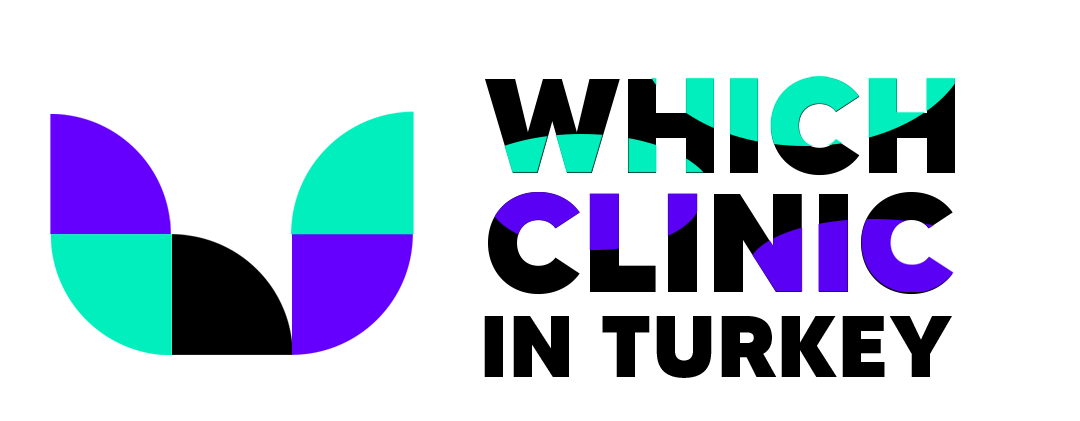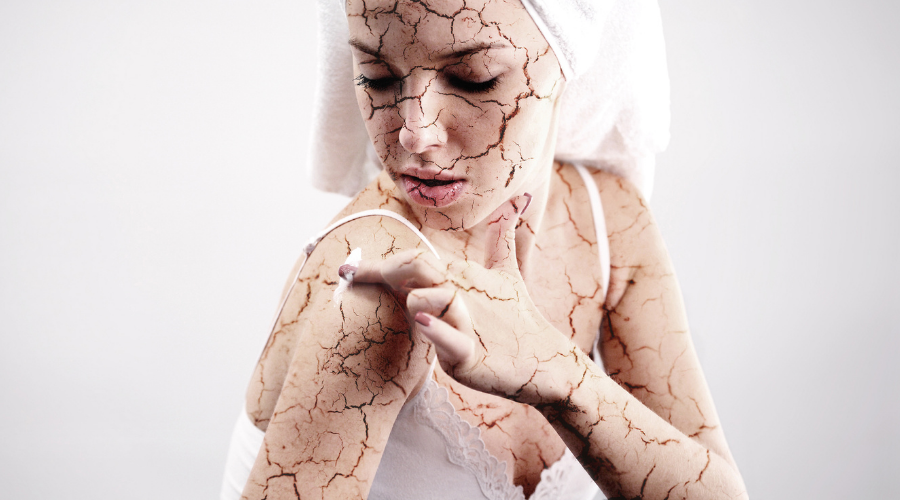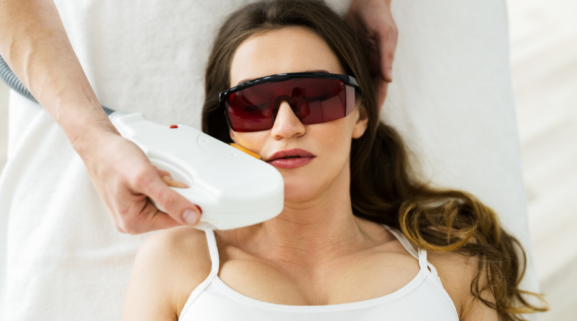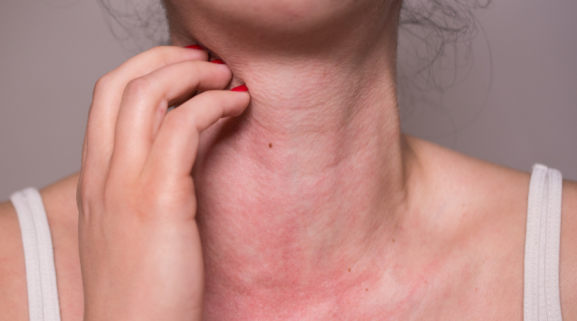Why Do Stretch Marks Occur on the Skin?
Why Do Stretch Marks Occur on the Skin?
Our skin is the organ that is most visible from the outside and actually the largest in terms of area. In healthy conditions, the skin is resistant to stresses, stretches and expands. Although it has an elastic structure, it can be damaged as a result of sudden tension. The dermis layer of the skin is the region where the fibers called elastin and collagen are located, which gives the skin its durability and protects its structure. Tears are seen between the fibers in the dermis layer of the skin, which expands and thins rapidly, and lines called cracks may occur. Stretch marks are called “striae” in medical language. Damaged skin tissue can be visually distinguished from healthy tissue. While newly formed cracks are mostly seen in purple and red colors, the skin tissue that cannot be repaired over time takes a pale color. This phase can vary from person to person. Although it does not cause any pain, pain or dysfunction, it often creates an aesthetically undesirable appearance. Stretch marks can occur in almost any part of the body, such as the abdomen, legs, hips, breasts, inner arms.
Stretch marks are a common problem for men and women of all ages. It can be seen in almost everyone, regardless of skin type. The most common condition for stretch marks is the pregnancy period, when hormones are constantly changing. The incidence of stretch marks during pregnancy is approximately 90%. During this period, the skin is exposed to a high tension, especially in the abdomen. With the effect of weight gain and edema, cracks may occur in areas such as the abdomen, chest, inner legs.
The formation of cracks in the skin has been found to be particularly associated with weight. The risk of stretch marks in obese patients is 40%. In the same way, it is very possible to see cracks in those who increase their muscle mass rapidly with bodybuilding, and those who gain and lose weight suddenly. Growth in height, increase in muscle mass, weight gain and loss are risk factors for stretch marks, regardless of gender, along with hormonal changes during adolescence. During the healthy development process, the slowly stretched skin can adapt to this situation. However, in rapid weight changes, the skin cannot adapt to the situation and results in cracks.
Another condition known to cause stretch marks is the use of systemic steroid drugs. Long-term use of these drugs can disrupt the structure of collagen fibers. Individuals with Cushing’s syndrome may face the problem of stretch marks as their blood cortisol levels change. Cracks may have formed without any reason. Fissures in this condition are called idiopathic fissures.
What Methods Can Cracks be Treated?
Stretch marks do not cause any functional or clinical disruption on the skin. In other words, it is possible to continue a healthy life without treatment. However, it often causes an aesthetically disturbing appearance. This situation negatively affects the person psychologically and may result in self-confidence problems. Therefore, there are various treatment methods for cracks. The earlier the cracks are treated, the more successful the result will be. It should be known that the skin will never be able to return to its 100% former state, even though there is a high rate of improvement. Treatment methods include radiofrequency, mesotherapy, PRP, dermatherapy, laser therapy, drugs and creams.
In the dermatherapy method, a device called a cylindrical dermaroller is used. While this tool is being moved over the skin, the micro needles on it create channels where it passes. Since stem cell supplements are also applied to the skin in this treatment, the tissues are stimulated and collagen production is increased.
Radiofrequency treatment method is one of the newest applications. There are needles on the radiofrequency device. Thanks to these needles, radiofrequency waves are sent to the damaged area. In this way, collagen tissues are stimulated and their reproduction is ensured.
Laser treatment is a method with a faster response. With this method, the skin is quickly renewed and tightened. Although it varies from person to person, there are visible improvements in cracks in 3-4 sessions on average. There are different application types such as ICON laser, Pulse DYE laser, Fractional laser. Fractional laser treatment is the most effective of the types of laser treatment used for stretch marks.
The PRP method is a current procedure used not only for cracks, but also for rejuvenating the skin and removing scars. The patient’s own blood is taken and enriched, and the blood filled with growth factors is injected into the crack area to heal the stretch marks. PRP treatment can also be done to support laser treatment.
Medications containing glycolic acid, hyaluronic acid, vitamin A derivatives (tretinoin) and vitamin C are used in the treatment with drugs and creams. The aim is to repair stretch marks by repairing skin damage. In order to benefit from this treatment, it should be continued regularly for a long period of 3-6 months. When applied together with laser treatment, the process accelerates and more efficiency is obtained.
What is the Treatment Process Like? What Should be Considered?
In the laser treatment method, it is very important that the device is licensed and of high quality, that it is suitable for the latest technology, and that it is carried out by a specialist in hygienic conditions. It is normal for slight redness to occur after the procedure.
The skin may lose its healthy collagen structure with the effects of the sun. In this case, new cracks may occur or existing scars may become evident. Therefore, it is very important to use sunscreen cream during the treatment process.
Another effective way to protect the skin from cracks is moisturizing. Oils and creams that will help the skin to stretch should be applied and the skin should be massaged. In this way, both the skin gets the moisture it needs and the blood circulation in the area is accelerated with the massage. In order to meet the moisture need of the skin, daily consumption of 1.5-2 liters of water should also be considered. Exercising regularly and eating foods rich in vitamins A, C, and E will be very beneficial.



